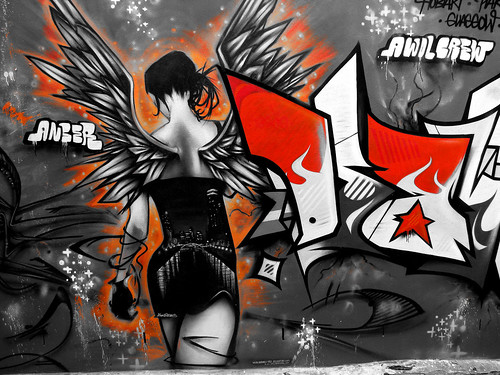windows 7 profile change vs. dropbox sync
One for the "that was a lot fucking harder than it should have been" files...
My PC has just had some problems with blue screens which I am pretty sure are down to some RAM giving up the ghost. Sadly one of the crashes screwed up my user profile, leaving me with the dreaded "temporary profile" problem.
There really isn't a decent solution to this yet, Microsoft's "solution" basically being "give up and make a new profile". Their process will save your data but only about a third of your settings and config. This will of course teach me to buy a new OS before the first service pack (I migrated from XP, which is frankly rock solid these days what with all the patches ;)).
Anyway, Dropbox choked on the move. I'd moved the files across, they were about 99.9% up to date so basically no sync should have been required beyond an index and check. But Dropbox slammed away at it for ages, with errors about "Cannot sync (filename), permission denied". Huh?
So, I realised what had happened. Win7's file permissions meant my Dropbox files were "owned" by the old user account; so a lot of new files were set to read-only and I couldn't change that. Dropbox couldn't change the read-only files so it couldn't sync them - which I should point out is precisely how Dropbox should handle the situation it was given. It was inconvenient for me but not a fault in Dropbox.
So, to sort this out here's what I did...
- Find your Dropbox folder - the real one, not the link.
- Right click and go to Properties.
- Go to the Security tab, then click Advanced, then Change Permissions. This should bring you to the Advanced Security Settings for (folder name) dialog.
- Click Add.
- Type in: yourcomputername\yourcurrentusername then click Check Names.
- Now give your current username Full Control permissions; making sure the Include Inheritable... and Replace all child object permissions... options are ticked.
- Apply, and be patient...
- OK your way out and close all properties dialogs.
- Right click your Dropbox again and remove Read Only, then when it asks make sure you apply the new settings to all sub-folders etc.
- Apply, and be patient...
- Dropbox should now be able to sync everything.
Of course this might not work for you, but it sorted out the problem for me.
If I'd realised the problems this would cause I'd have done this before installing Dropbox. Cest la vie, and thank goodness for LAN sync and my up to date checkout on the EEEpc.
BTW, this issue does not change the fact Dropbox is awesome :)


